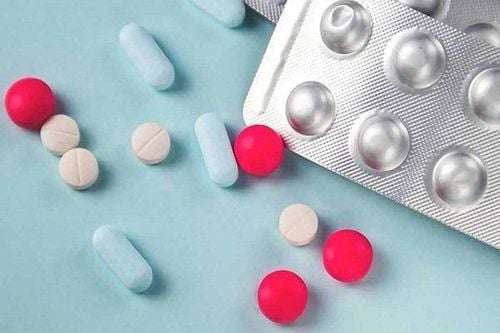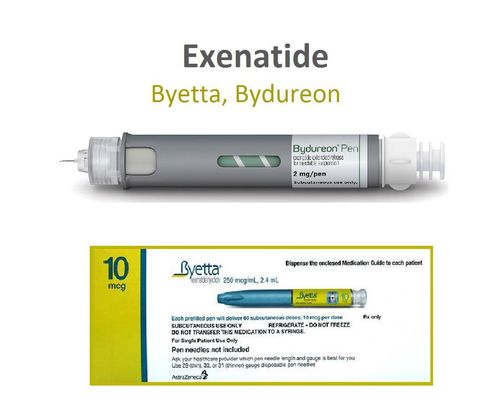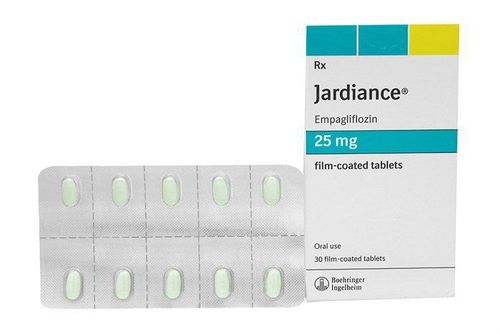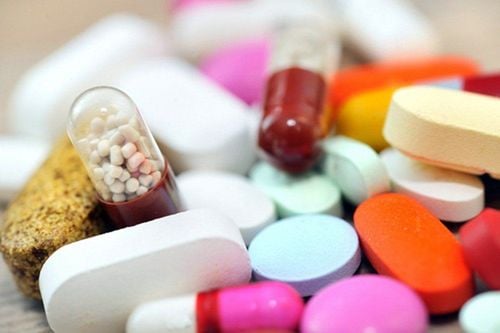This is an automatically translated article.
The article is professionally consulted by Master, Doctor Le Thi Minh Huong - Emergency Medicine Doctor - Department of Resuscitation - Emergency - Vinmec Nha Trang International General Hospital.In people with diabetes, blood sugar (also called blood sugar) is often high. Prolonged high glucose can damage organs and lead to many other health problems.
1. Blood sugar
A normal blood glucose reading is less than 100 mg/dL when not eating (fasting) for at least 8 hours, and less than 140 mg/dL after eating 2 hours.During the day, blood sugar levels tend to be lowest right before a meal. For most people without diabetes, pre-meal blood sugar levels range from 70 to 80 mg/dL. In some other subjects, normal blood glucose ranges from 60 to 90 mg/dL.
Low blood sugar also varies widely from person to person. Many people will never drop their glucose levels below 60 mg/dL, even with prolonged fasting. Others can also lower blood sugar levels slightly. When you diet or eat fast, the liver keeps blood glucose levels normal by turning fat and muscle into sugar.
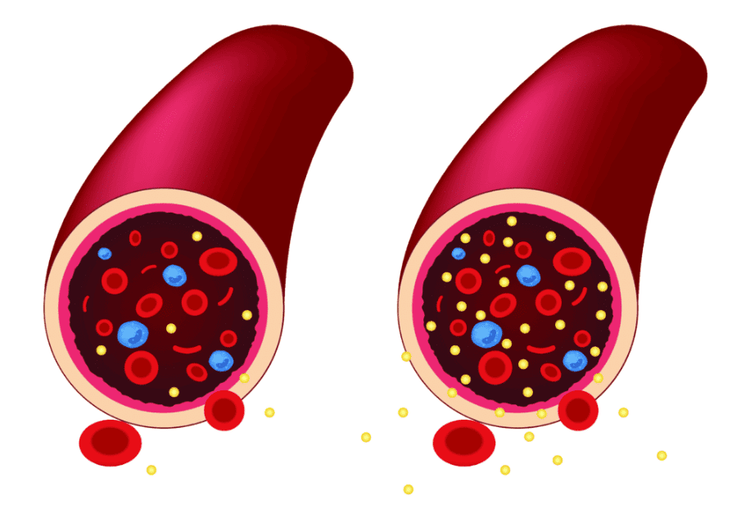
Lượng đường trong máu tăng gây nguy cơ mắc bệnh lý
2. Diabetes
When you eat carbohydrates, the digestive process turns the food into sugar. These sugars are released into the bloodstream and transported to the cells. The pancreas is a small organ in the abdomen that produces the hormone insulin. Insulin acts as a bridge, allowing sugar to pass from the blood into the cells. When cells use sugar for energy, blood sugar levels drop.Diabetics will not be able to get glucose from the blood into the cells, or the body does not make enough insulin. This leads to higher glucose levels. In addition, carbohydrates in food also cause blood sugar to rise after a meal.
If you have diabetes, you may have problems with your pancreas producing insulin, or the cells that use insulin, or both. There are 4 different types of diabetes, including:
Type 1 diabetes: When the body does not produce insulin; Type 2 diabetes: When the pancreas does not make enough insulin, and the cells do not use insulin well (insulin resistance); Prediabetes: Usually when the cells don't use insulin well; Gestational diabetes: Diabetes that occurs during the second or third trimester of pregnancy.

Bệnh tiểu đường thai kỳ xuất hiện những tháng cuối của thai kỳ
3. Blood glucose level test
Doctors usually use the following tests to check if a patient has diabetes:Fasting blood glucose test : Your doctor will check your blood sugar after fasting for 8 hours. If the glycemic index is higher than 126 mg/dL, you have diabetes. Oral glucose tolerance test: In this test, you will be given a special sugary solution to drink after you have fasted for 8 hours. If your glucose level is higher than 200 mg/dL 2 hours after taking it, the diagnosis is diabetes. Random check: Your doctor checks your blood sugar at any time. People with diabetes often have a blood glucose level higher than 200 mg/dL, accompanied by more urination, are always thirsty, and have gained/lost a significant amount of weight. Then, your doctor will do additional fasting blood sugar testing or oral glucose tolerance testing to confirm the diagnosis. In general, all higher than normal glucose levels are not good. If the glucose level is higher than normal, but not at the level of full-blown diabetes, it is called prediabetes. This condition can lead to diabetes if they don't make the lifestyle changes their doctor recommends.
Prediabetes also increases the risk of heart disease, although not as high as diabetes. People with prediabetes can prevent true diabetes by following a strict diet and exercising regularly.
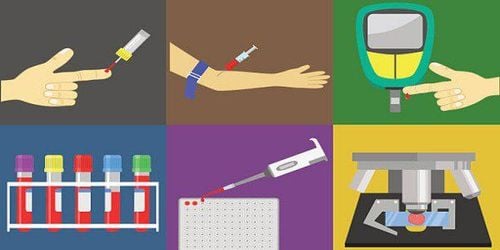
Xét nghiệm dung nạp glucose
4. Complications when high glucose persists
Glucose is a valuable fuel source for all cells in the body when present in moderate levels. But prolonged high glucose will also silently cause negative effects. Especially in patients with diabetes, controlling blood glucose levels is a very important part because high blood glucose can cause long-term complications.High blood sugar gradually erodes the ability of the cells in the pancreas to make insulin. Organs are always overworked, and insulin levels are also too high. Over time, the pancreas is permanently damaged.
High blood sugar levels also cause changes in the body, leading to hardening of the blood vessels (atherosclerosis). Almost every part of the body is at risk of damage from high glucose. When blood vessels are damaged, it causes a variety of problems such as:
Diabetic kidney disease, end-stage renal failure requiring dialysis; Stroke ; Heart attack; Vision loss or blindness; Weakened immune system, higher risk of infection; Erectile dysfunction ; Nerve damage, causing tingling, pain, or decreased sensation in the legs and arms; Poor blood circulation to the legs and feet; Slow wound healing, in rare cases necessitating amputation. Keeping blood sugar levels close to normal will help limit many of these complications. According to medical organizations, people with diabetes should control blood glucose levels always between 70-130 mg/dL before meals, and below 180 mg/dL after meals.

Rối loạn cương dương do glucose trong máu cao kéo dài
5. What to do when glucose is high?
5.1. Medications People with diabetes should establish a treatment plan with their doctor to be added to medications if needed. There are many diabetes medications that work in different ways, such as:Metformin: Most people with type 2 diabetes will start taking Metformin first; Insulin injections: This is one way to quickly lower glucose levels, but your doctor will prescribe the dosage, as well as instructions on how to inject it and when to inject it. If your glucose levels are consistently high, talk to your doctor to make appropriate changes to your treatment plan.
5.2. Eating plan Foods will have a big impact on blood glucose levels. You can control your glucose index through the following diet:
Do not skip meals: Eating irregularly can cause spikes and drops in blood sugar, making it difficult to stabilize normal blood glucose levels. ; Choose healthy carbohydrates, foods rich in fiber and lean protein, fruits, vegetables, other grains and legumes; Manage food intake at meals and snacks: Add protein and healthy fats (nuts, avocados, olives) to slow digestion and avoid blood sugar spikes; Limit foods high in saturated and trans fats, cholesterol, and sodium. Limit the consumption of processed foods and high in sodium, sugar, saturated fat, trans fat, calories. You can also pre-cook healthy meals in bulk and store them in the refrigerator or freezer. This can limit your choice of less-than-healthy food options when you're in a hurry or are too hungry.
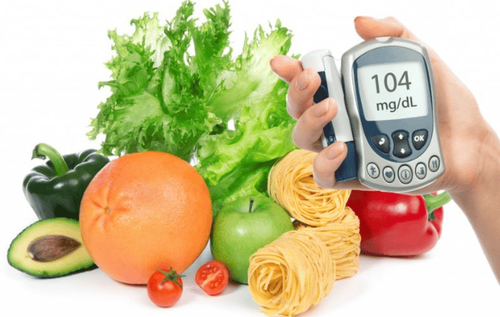
Người bệnh cần có một chế độ ăn uống hợp lý
Take the stairs instead of the elevator; Walk around the office during breaks; Park your car further away from the store entrance when shopping; Over time, these small changes can benefit your health.
Blood sugar monitoring is an important step in controlling diabetes. Following a healthy and balanced diet, exercising, and taking medications as prescribed will help you maintain normal blood glucose levels. Consult your doctor if you need advice on a diet plan, form of exercise, or are unsure about how to take medication.

Khám sức khỏe định kỳ giúp phát hiện bệnh lý sớm
MSc. Le Thi Minh Huong has more than 06 years of experience in examining and treating medical, emergency and emergency resuscitation diseases. In addition, there is the ability to perform catheterization techniques, artificial kidney in patients with end-stage chronic kidney disease, continuous dialysis, plasma exchange.
Customers can directly go to Vinmec Health system nationwide to visit or contact the hotline here for support.
Articles refer to sources: webmd.com, healthline.com
SEE MORE:
Diabetes screening package, dyslipidemia How to know if I should get tested for diabetes? Distinguish type 1 and type 2 diabetes in detail according to the guidelines of the Ministry of Health





